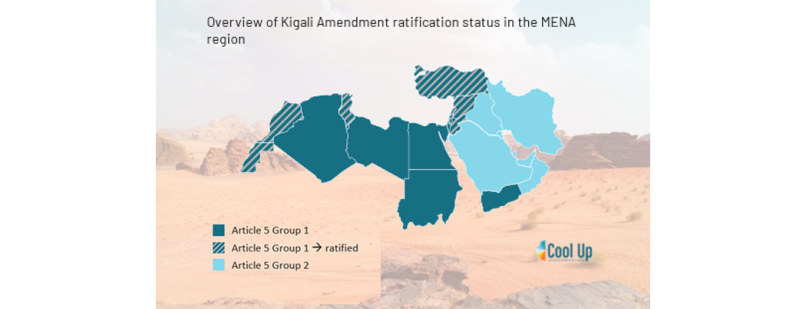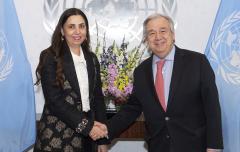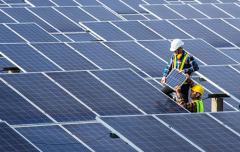Chilling Prospects 2022: Putting natural refrigerants on the map in the Middle East and North Africa
|
Reflections on five years of the Kigali Amendment by the Cool Up programme |
The story of cooling technology is a cautionary tale. The earliest cooling technologies, popularized throughout the 1800s, made use of natural refrigerants like carbon dioxide and hydrocarbons. During the 1930s, safety concerns led to the invention of new solutions: chlorofluorocarbons (CFCs). After 1980, as it emerged that CFCs were depleting the ozone layer, first hydrochlorofluorocarbons (HCFCs) then hydrofluorocarbons (HFCs) appeared to take their place. But again, a hidden environmental harm appeared. While kind to the ozone layer, both HCFCs and HFCs have high global warming potential.
Given this history, there is a high risk that the next generation of refrigerants developed to replace HCFCs and HFCs will also have unforeseen environmental consequences. Fortunately, safety standards and cooling technology have moved on since the 1800s, rendering both carbon dioxide and hydrocarbons entirely safe to use. Replacing HCFCs and HFCs with these proven natural refrigerants could avoid as much as 0.4°C (0.7°F) in global temperature rise by 2100, while helping countries meet their commitments to the Kigali Amendment as well as their Nationally Determined Contributions (NDCs).







